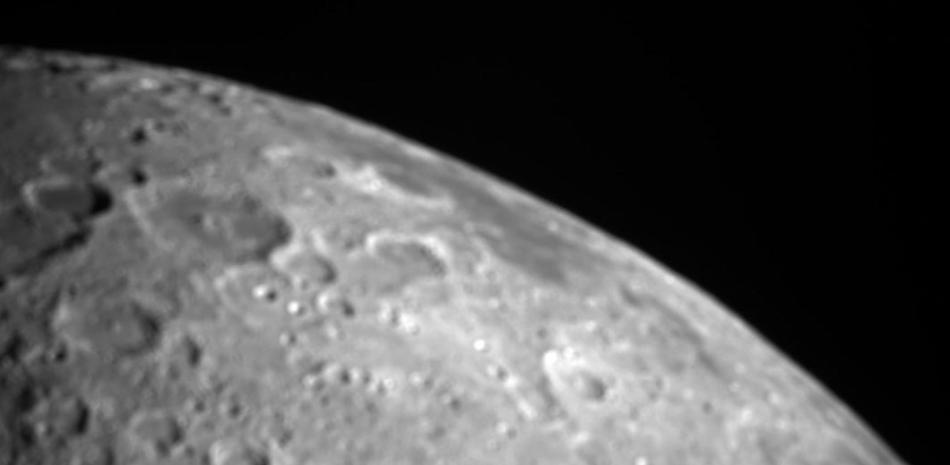NASA’s CAPSTONE cubeSat successfully tested GPS-like navigation technology on Earth for the first time, intended to help more efficient space missions to the Moon.
The mission’s Cislunar Autonomous Positioning System is a spacecraft-to-spacecraft navigation and communications system that works with NASA’s Lunar Reconnaissance Orbiter to determine the distance between the two spacecraft in lunar orbit.
This technology could allow future spacecraft to determine their position in space without relying solely on tracking from Earth. CAPSTONE also has a new precision one-way ranging capability built into its radio that could reduce the amount of ground network time required for operations in space.
The spacecraft also captured its first images of the Moon, showing the lunar surface near the Moon’s North Pole as CAPSTONE approached the Moon on May 3, NASA reports.
Launched in June 2022, CAPSTONE (Cislunar Autonomous Positioning System Technology Operations and Navigation Experiment) last November became the first spacecraft to enter a unique elongated orbit that will support NASA’s Artemis missions.
In this special orbit, formally known as a Near Rectilinear Halo Orbit (NRHO), the pull of Earth’s gravity and the Moon interact to allow a semi-stable orbit. There, physics does most of the work of keeping spacecraft in orbit on the Moon, reducing the need for spacecraft to use fuel to maintain NRHO compared to other similar orbits.
This microwave-sized satellite, weighing just 25 kilograms, is the first CubeSat to fly and operate on the Moon. The CubeSat serves as the groundbreaking for Gateway, the future lunar-orbiting space station that is part of NASA’s Artemis program.
